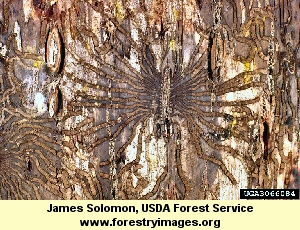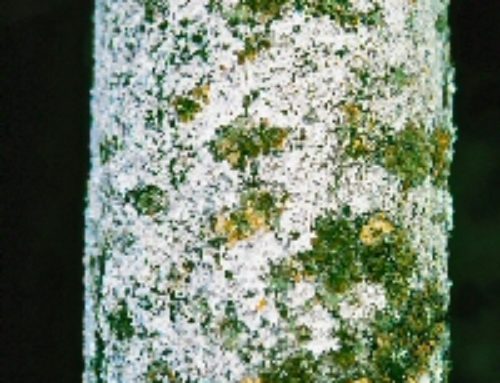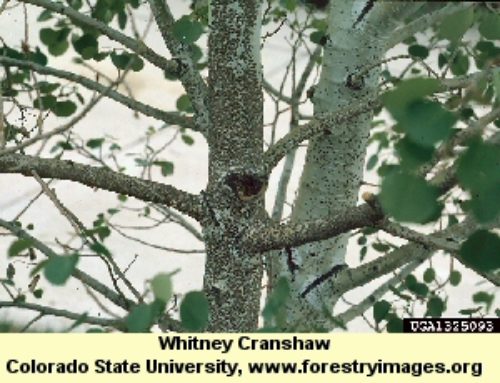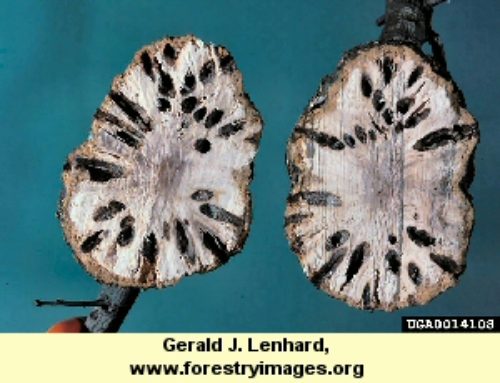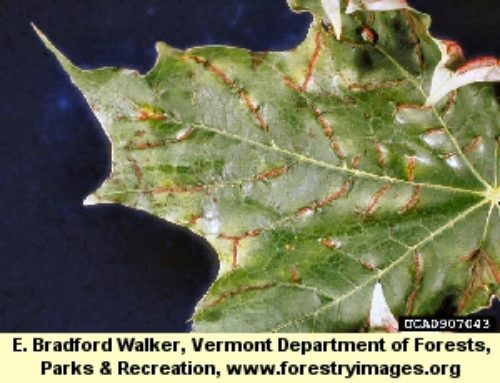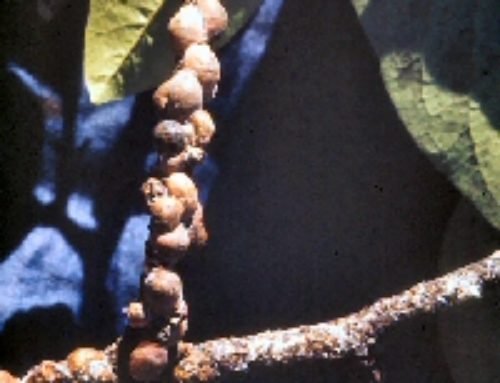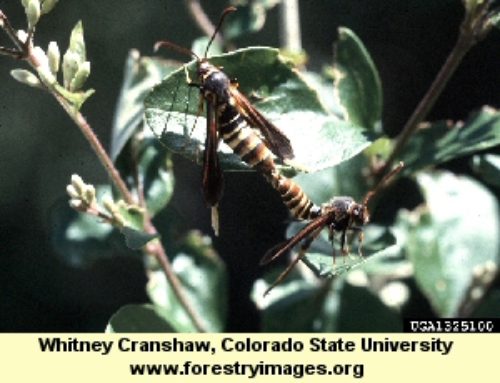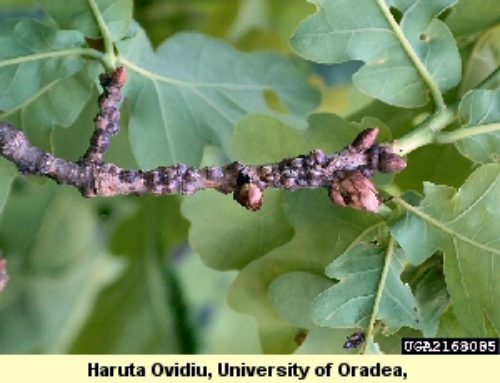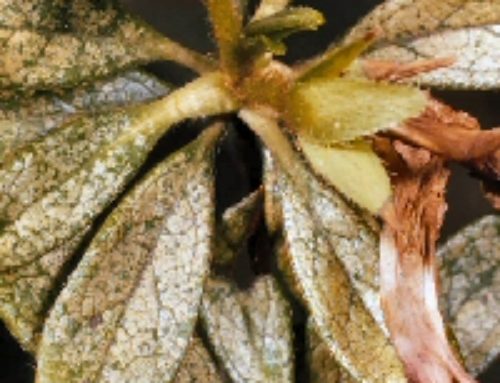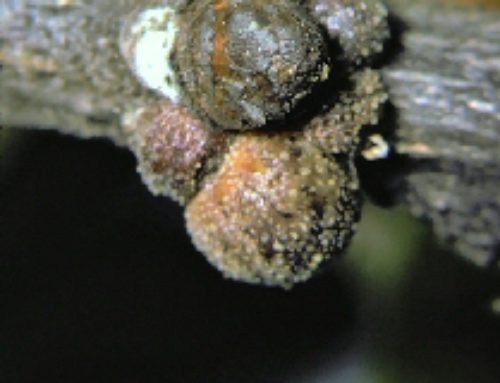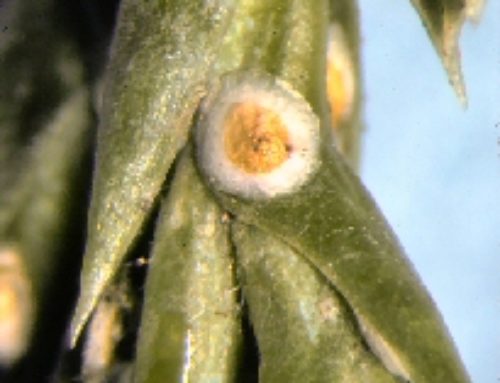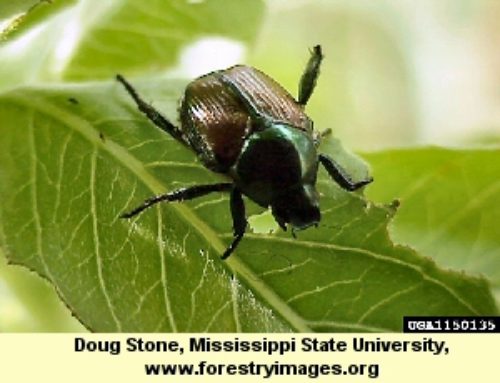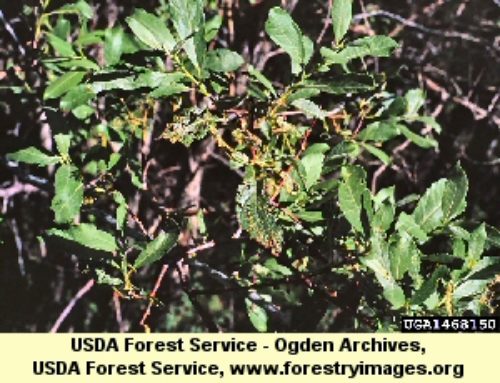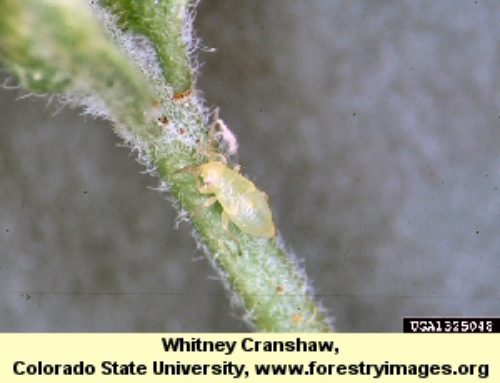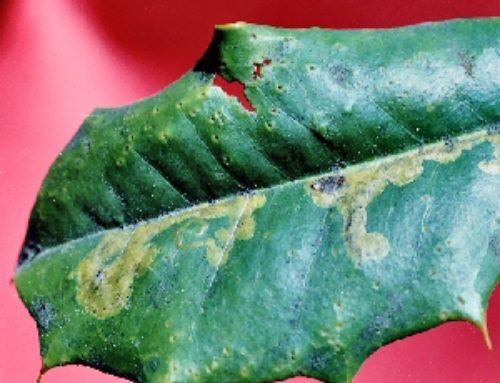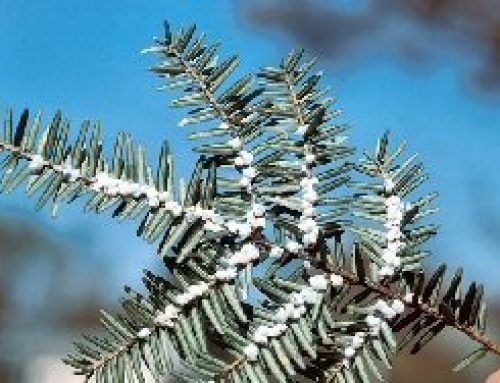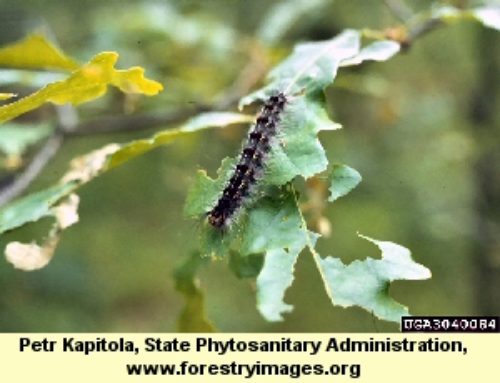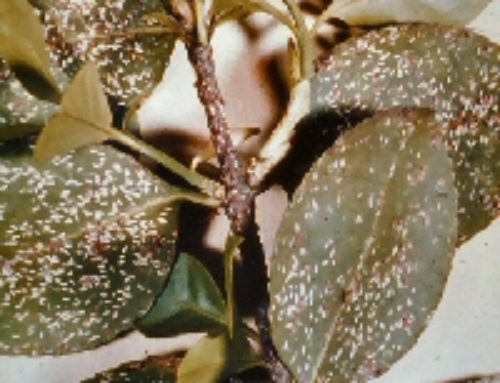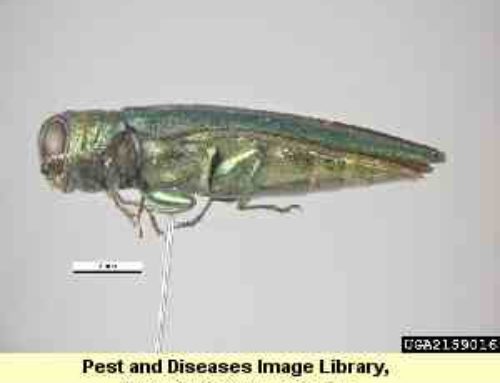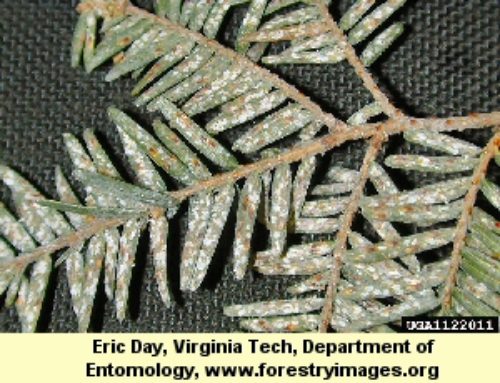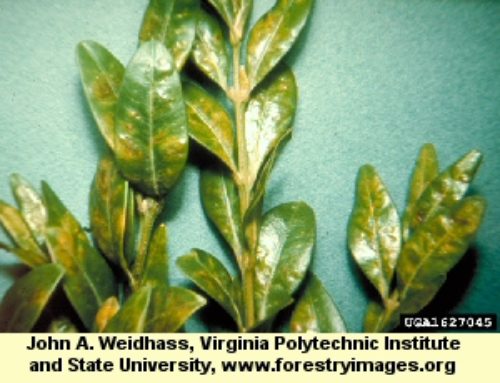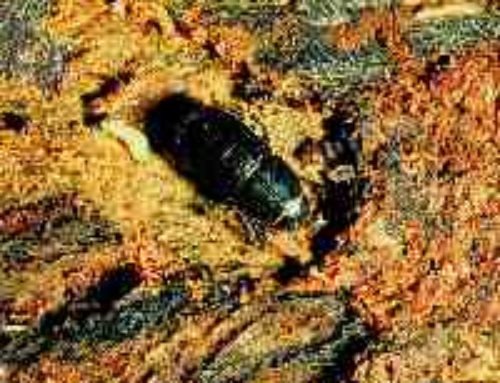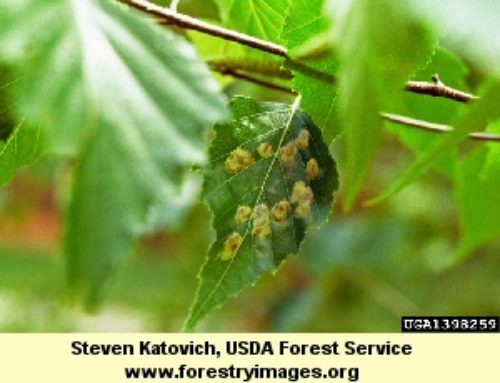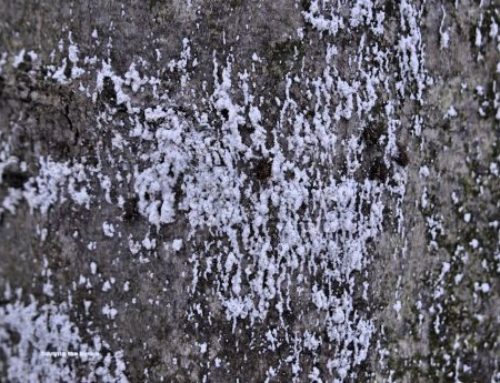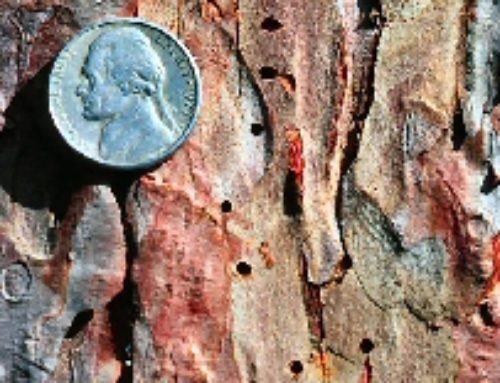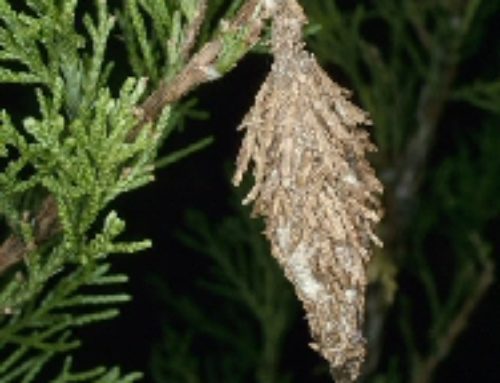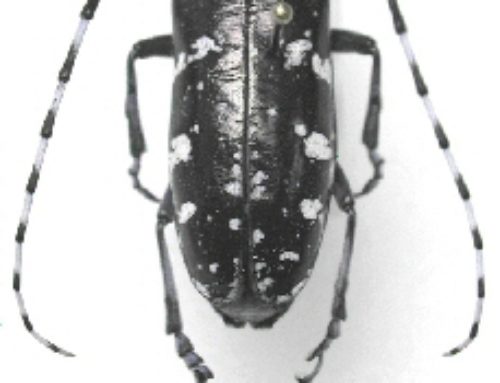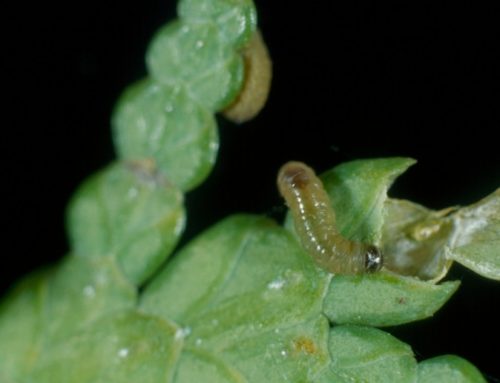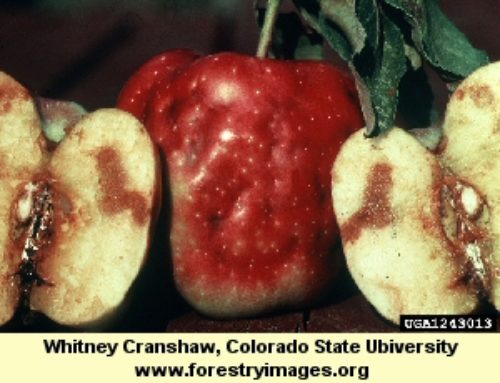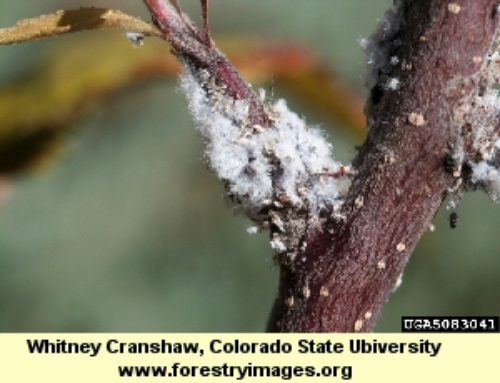Project Description
A bark-boring insect whose main effect on the tree is the transmission of Dutch elm disease. There are two species of elm bark beetles. However, both of these species are important solely for their ability to inadvertently vector (transmit) Dutch elm disease to healthy susceptible
elms. The smaller European elm bark beetle is far more aggressive, and therefore more successful, at colonizing weakened elms. They often virtually exclude the native elm bark beetle from any particular tree. However, the native elm bark beetle is more successful in the northern areas of New York, New England and in Canada where the low winter temperatures limit the success of the other species. The adults of these species emerge from under the bark of unhealthy elms in the early spring and seek the tender bark on healthy trees where small twigs form crotches. If the elm from which they emerged was infected with Dutch elm disease (DED), then their bodies will be covered with those fungal spores. By feeding on the tender bark of healthy tree twigs in the spring, and creating wounds, they then inoculate that tree with DED from the spores on their bodies. Adult emergence occurs over several weeks in the spring. Unhealthy trees are then sought by the females for egg laying. The female will chew through the bark and form a tunnel at the interface of the inner bark and the outer wood. This tunnel may be 2-3 inches long and eggs will be laid along its path. The female will then emerge at the other end. The larvae will hatch soon thereafter and feed by making galleries perpendicular to the female’s gallery. No spray treatment, soil treatment or injection treatment has been shown to be effective.

